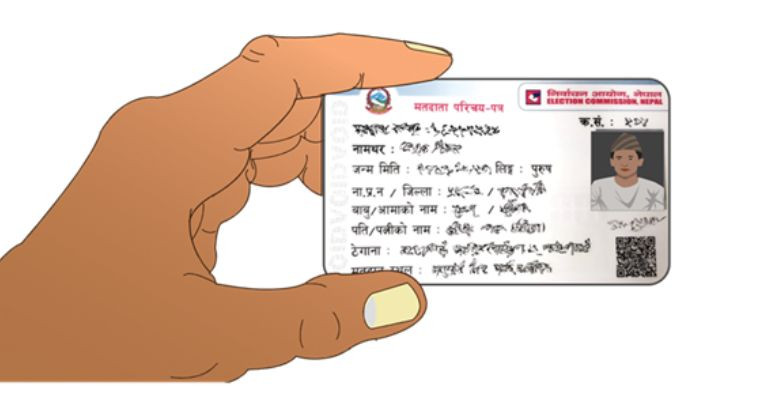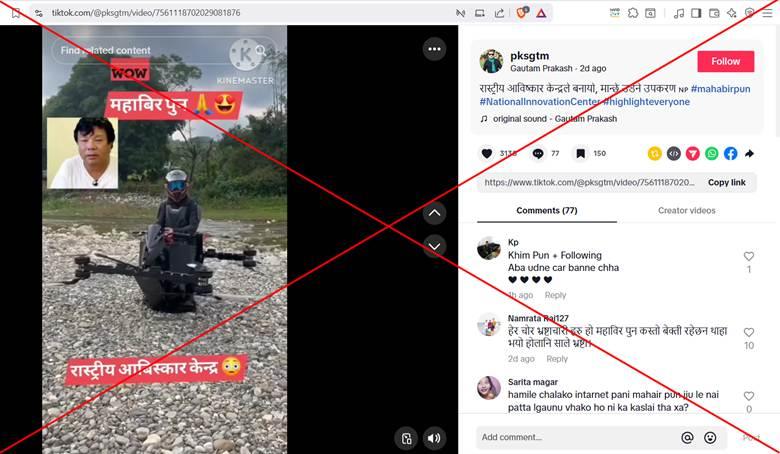
The fear of scams is on the minds of many these days. When making online payments or clicking on any link, there is a risk of losing money in your bank account or becoming a victim of a scam.
Gone phishing
One of the most common attacks we see are what we call “phishing” attacks (pronounced like fishing). This is when an attacker contacts you pretending to be somebody you know or an organization you trust, and tries to get you to give them personal information or open a malicious website or file.
Most phishing attempts arrive via email, but they can also come via text messages, direct messages on social media, or even phone calls (what we call "Vishing"). What they all have in common are:
Malware
There are a few ways your machine can get infected with malware but the most common ways are by opening a malicious file attachment, or downloading and opening a file from an unsafe website.
One type of malware that is common today is called “Ransomware.” This is a particular kind of malware that encrypts your files then demands you pay the attackers to unlock the files so that you can access them. Increasingly ransomware also tries to steal your data so that the attackers can also threaten to release your files publicly if you don’t pay them the ransom.
Some small but regular habits help you avoid hackers. Today, we are giving information about what those small habits are.
Adopt two-factor authentication
Make a habit of setting up two-factor authentication immediately when opening an account on any app or platform. This provides another layer of security to the account and prevents unauthorized access.
Make a habit of distinguishing phishing messages and emails
Check the website address while browsing
Use a virtual private network on public Wi-Fi
Don't give unnecessary permissions to apps















